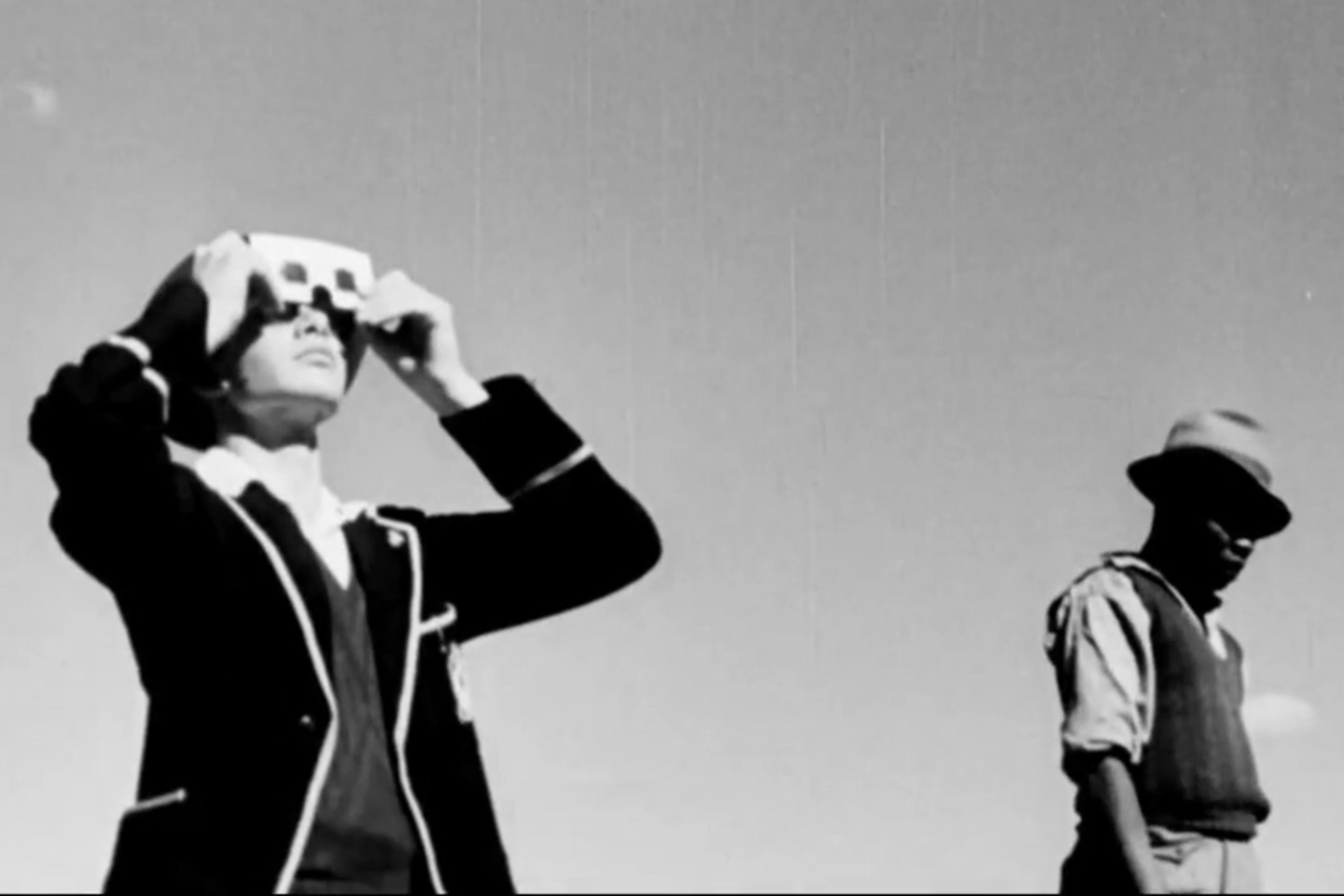Built into a massive sinkhole in northern Puerto Rico and completed in 1963, the Arecibo Telescope was first conceived as a tool to study Earth’s upper atmosphere, and funded by the US government in hopes that it might also track nuclear missiles. The sprawling 305-metre radio telescope would eventually become one of the most powerful astronomical tools of the 20th century, making groundbreaking observations of near and deep space, before its partial collapse in 2020 lead to it being decommissioned by the US National Science Foundation. Save for the telescope’s starring roles in the films GoldenEye (1995) and Contact (1997), it is perhaps best known in popular culture for its ‘Arecibo Message’ – a powerful transmission aimed at a star cluster 25,000 light-years away, intended to signal our presence to any interstellar neighbours who might be able to receive and decode it.
The Great Silence (2014) interrogates our drive to find other intelligent minds in the distant static of space while millions of complex lifeforms right here on Earth face existential threats of humanity’s making. Narrated from the perspective of an endangered Puerto Rican parrot dwelling in the rainforests near Arecibo, the experimental work weaves the mythos of the Hindu ‘Om’, the science of the Fermi paradox and the story of a domesticated parrot named Alex, famed for learning some 150 human words, into its expansive narrative. In doing so, the Puerto Rico-based artists Jennifer Allora and Guillermo Calzadilla and the US science fiction writer Ted Chiang craft a provocative reflection on humanity’s not-so-lonely place in the Universe, existing besides a vast and still-mysterious constellation of minds that most of us rarely even consider.
First released as a three-channel video installation in 2014 when the Arecibo Telescope was still operational, as a web video experience, The Great Silence requires – and rewards – patience. The film unfolds in a series of still, often breathtaking camera shots of the telescope and its surrounding area that, in an internet context, move at a somewhat glacial pace. Alongside these images and slow-rolling subtitles containing the parrot’s ruminations, the film is propelled by an immersive soundscape that captures the immensity of the telescope against the backdrop of a wet, chirping rainforest. On top of this simple foundation, the complex question of whether we can ever truly know other intelligences emerges, in a narrative that, quite paradoxically, is itself built on anthropomorphism. Through this combination of sparse atmospherics and intricate ideas, the artists craft a highly original and curious piece of art – and one that you’ll want to experience at full screen, with few outside distractions.
Written by Adam D’Arpino







